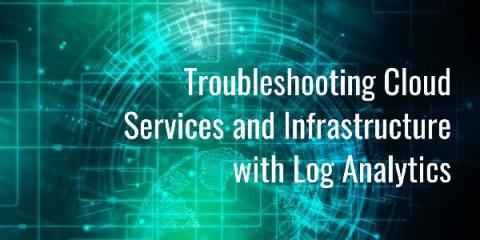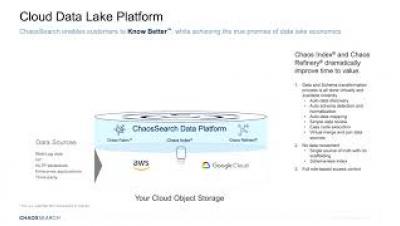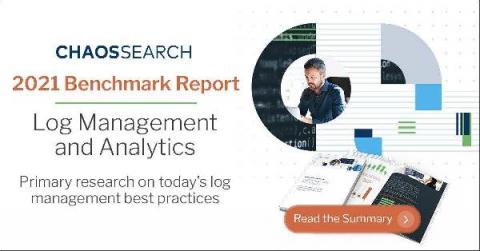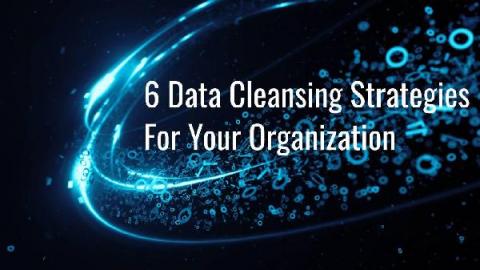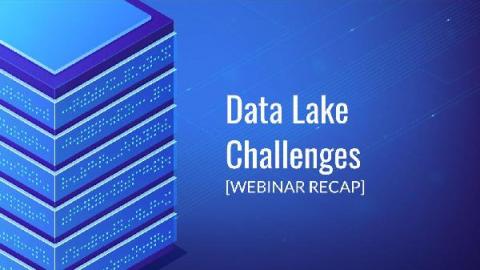Cost of ELK
Do you know how much your ELK stack costs? Managing and analyzing your data is a critical part of your business. However, the true cost of an ELK stack can be hard to calculate, and the truth is you may be spending a lot more than you think. Elasticsearch wasn't designed to work efficienctly at the scale required by today's data volume, especially the growth of log data. As your data grows, your ELK stack becomes more expensive to scale and maintain, leaving you with the headache and the tab. Well, ChaosSearch has the answer.



